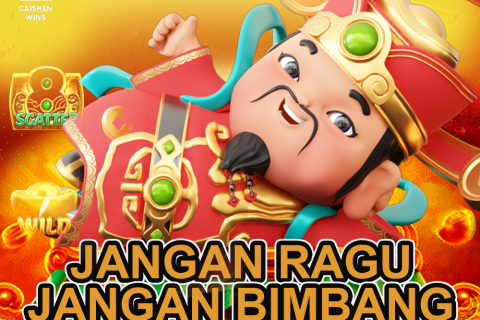Cultural Art and Craft Exhibits in Afghanistan Restaurant
Incorporating cultural art and craft exhibits into an Afghanistan https://khyberpassdublin.com/ restaurant can enrich the dining experience and provide patrons with a deeper understanding of Afghan culture, history, and craftsmanship. Here are some ideas for showcasing cultural art and crafts in the restaurant:
- Textile Displays: Feature traditional Afghan textiles such as suzanis, kilims, or embroidered fabrics as decorative wall hangings or tapestries. These colorful and intricately designed textiles can add warmth and visual interest to the restaurant’s ambiance while showcasing Afghan textile traditions.
- Pottery and Ceramics: Display handmade Afghan pottery and ceramics, including bowls, plates, vases, and decorative objects. Highlight the unique designs, glazes, and techniques used by Afghan artisans to create these functional and artistic pieces, which reflect Afghanistan’s rich pottery-making heritage.
- Jewelry Exhibits: Showcase traditional Afghan jewelry such as necklaces, bracelets, earrings, and rings made from materials like silver, lapis lazuli, turquoise, and carnelian. Arrange the jewelry pieces in glass cases or on stands, allowing patrons to admire the craftsmanship and cultural significance of Afghan jewelry-making traditions.
- Calligraphy Art: Feature examples of Afghan calligraphy, which is a revered art form in Afghan culture. Display calligraphic artworks featuring verses from the Quran, poetry by famous Afghan poets like Rumi or Hafez, or phrases in Dari or Pashto script. Provide informational signage explaining the history and significance of Afghan calligraphy.
- Woodwork and Carvings: Exhibit traditional Afghan woodwork and carvings, including furniture, decorative panels, and architectural elements. Highlight the intricate carving techniques and geometric patterns used in Afghan woodworking, which often feature floral motifs, arabesques, and Islamic geometric designs.
- Metalwork Displays: Showcase examples of traditional Afghan metalwork, such as copperware, brassware, and silverware. Display intricately engraved trays, pots, teapots, and utensils that reflect Afghan craftsmanship and cultural aesthetics. Provide information about the techniques and symbolism behind Afghan metalworking traditions.
- Embroidery and Needlework: Highlight the art of Afghan embroidery and needlework, which is often seen in clothing, textiles, and decorative items. Display embroidered garments, wall hangings, or pillow covers featuring traditional Afghan motifs and stitching techniques. Offer insights into the cultural significance of embroidery in Afghan society.
- Fiber Art Exhibits: Feature examples of Afghan fiber art, such as felted rugs, tapestries, or woven baskets. Showcase the intricate patterns, colors, and textures of these handmade items, which are often crafted using age-old techniques passed down through generations of Afghan artisans.
- Artisanal Crafts Demonstrations: Host live demonstrations or workshops where patrons can observe Afghan artisans practicing traditional crafts such as weaving, pottery-making, or jewelry-making. Allow guests to interact with the artisans, ask questions, and learn about the processes and skills involved in these time-honored crafts.
- Rotating Exhibitions and Collaborations: Partner with local Afghan artists, artisans, and cultural organizations to curate rotating exhibitions that showcase different aspects of Afghan art and craft traditions. Collaborate on themed exhibitions, artist spotlights, or special events that celebrate Afghan culture and creativity.
By incorporating cultural art and craft exhibits into an Afghanistan restaurant, owners can create a visually stimulating and culturally immersive dining environment that educates, inspires, and delights patrons while promoting appreciation for Afghan arts and heritage






Discussion
Leave a reply